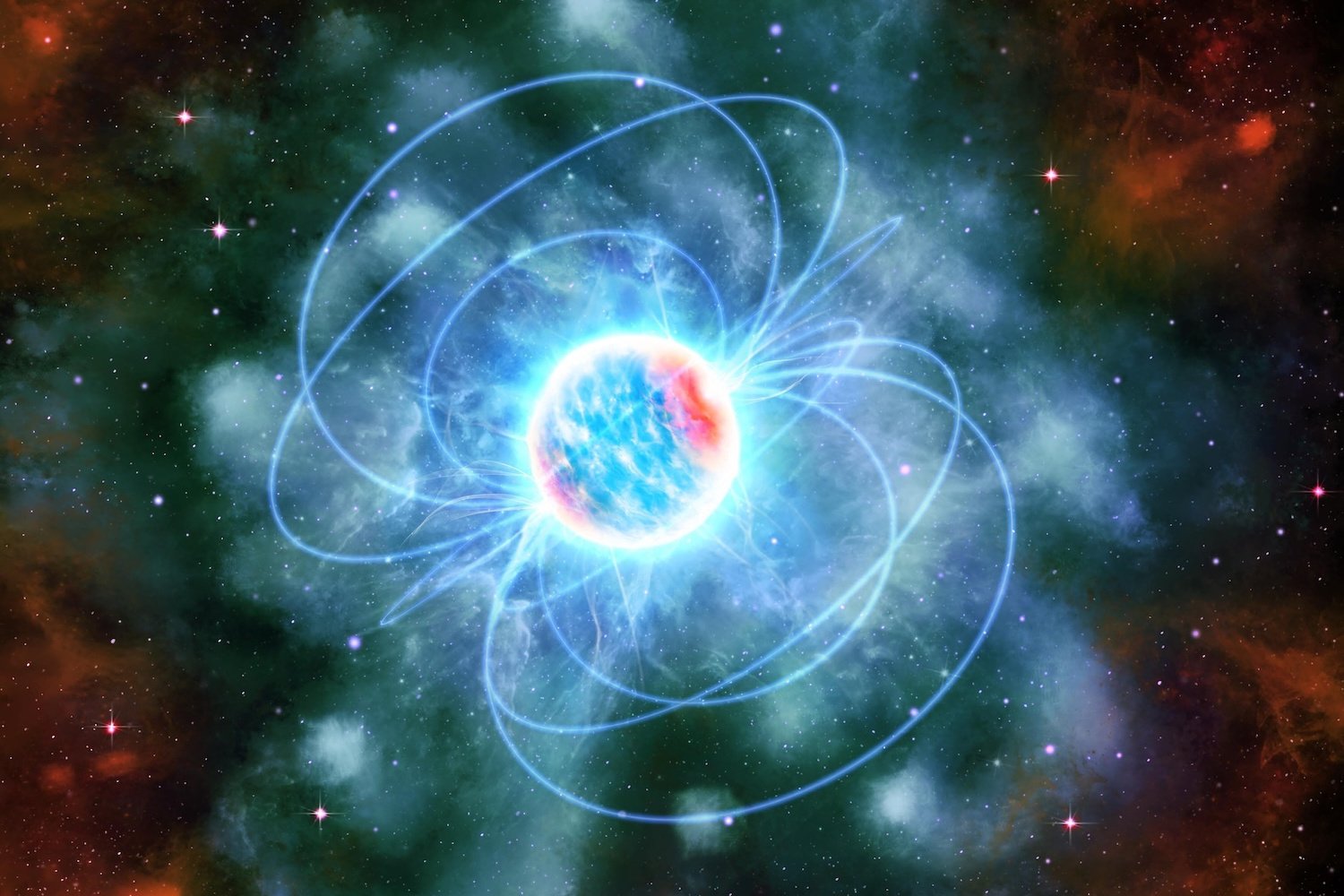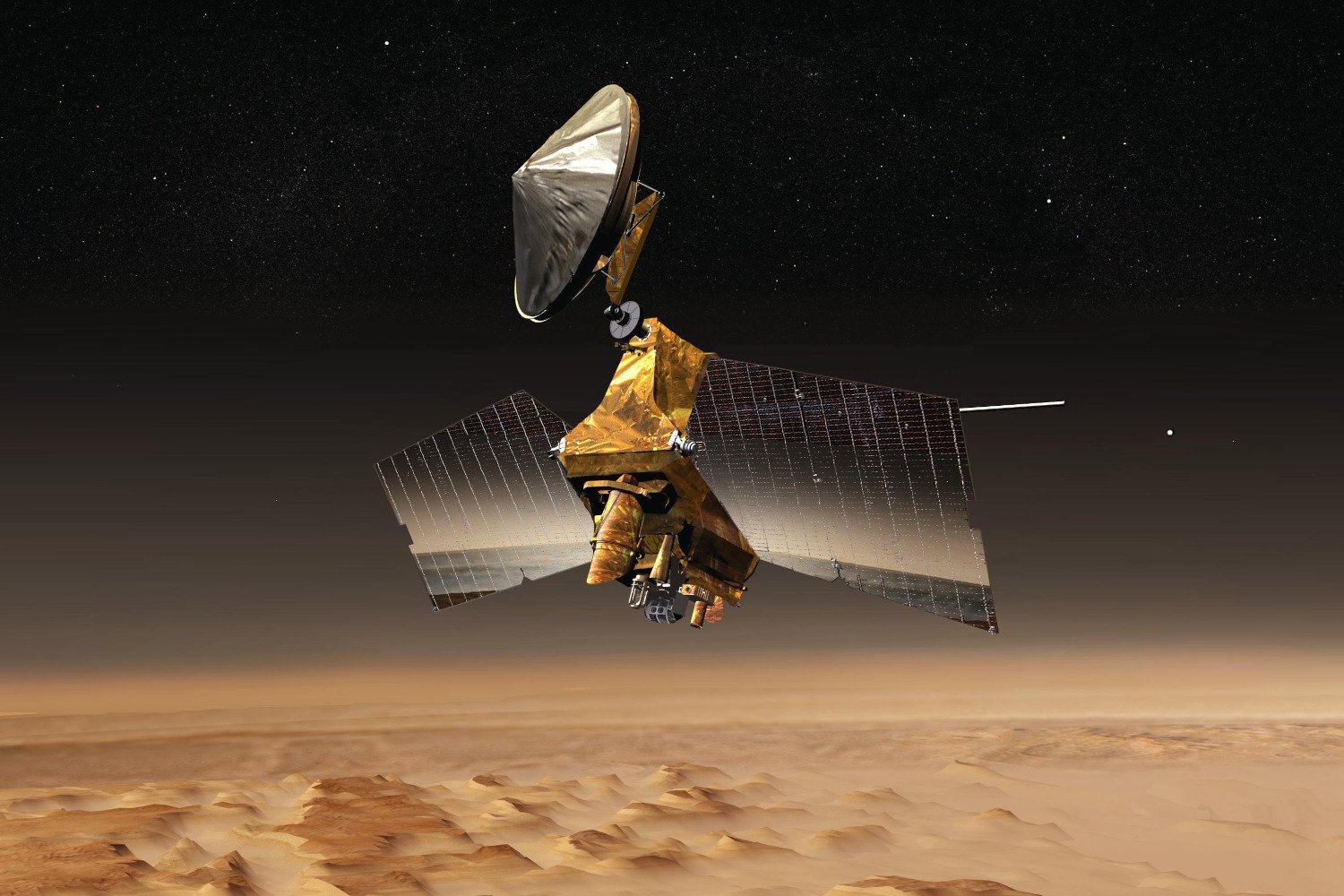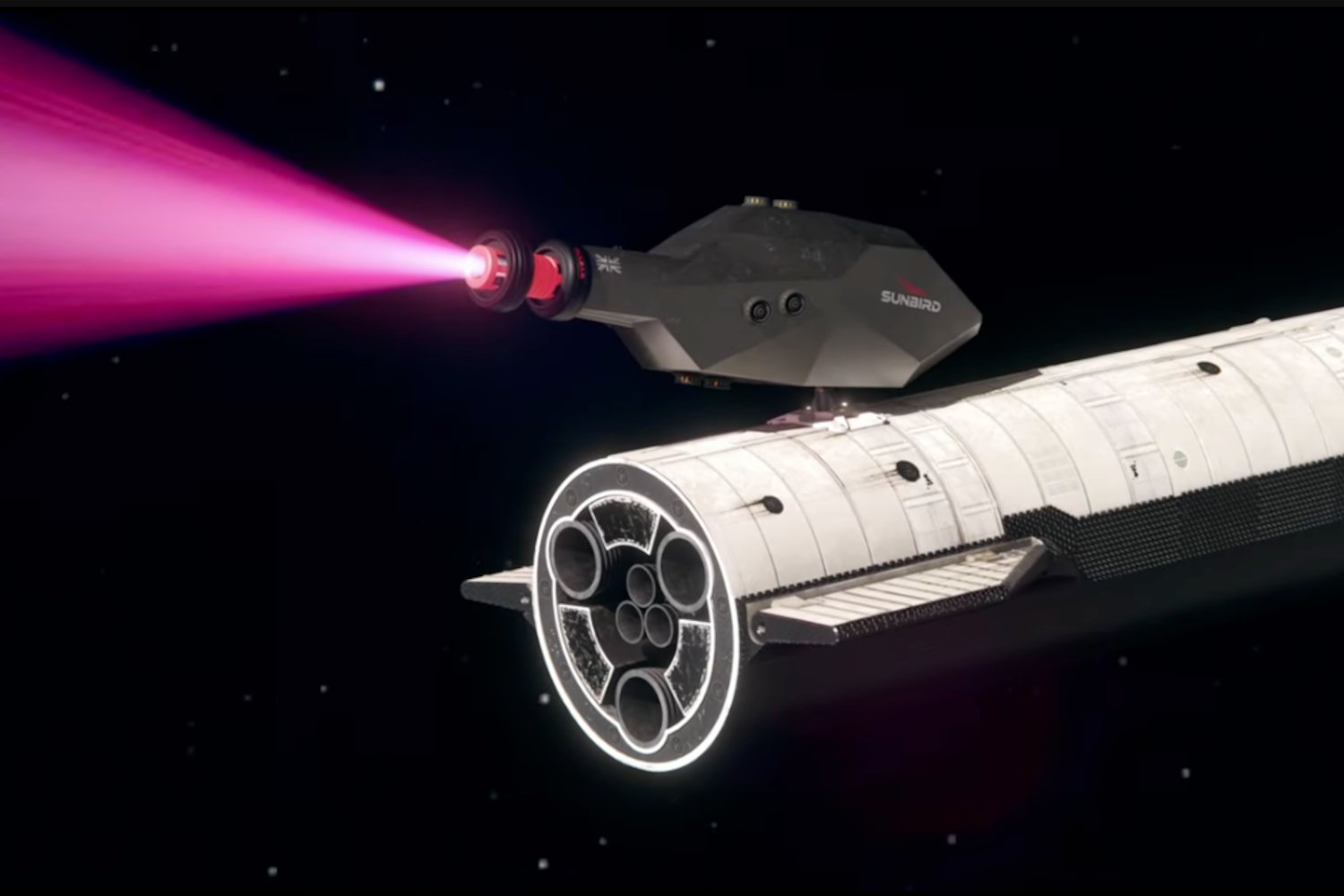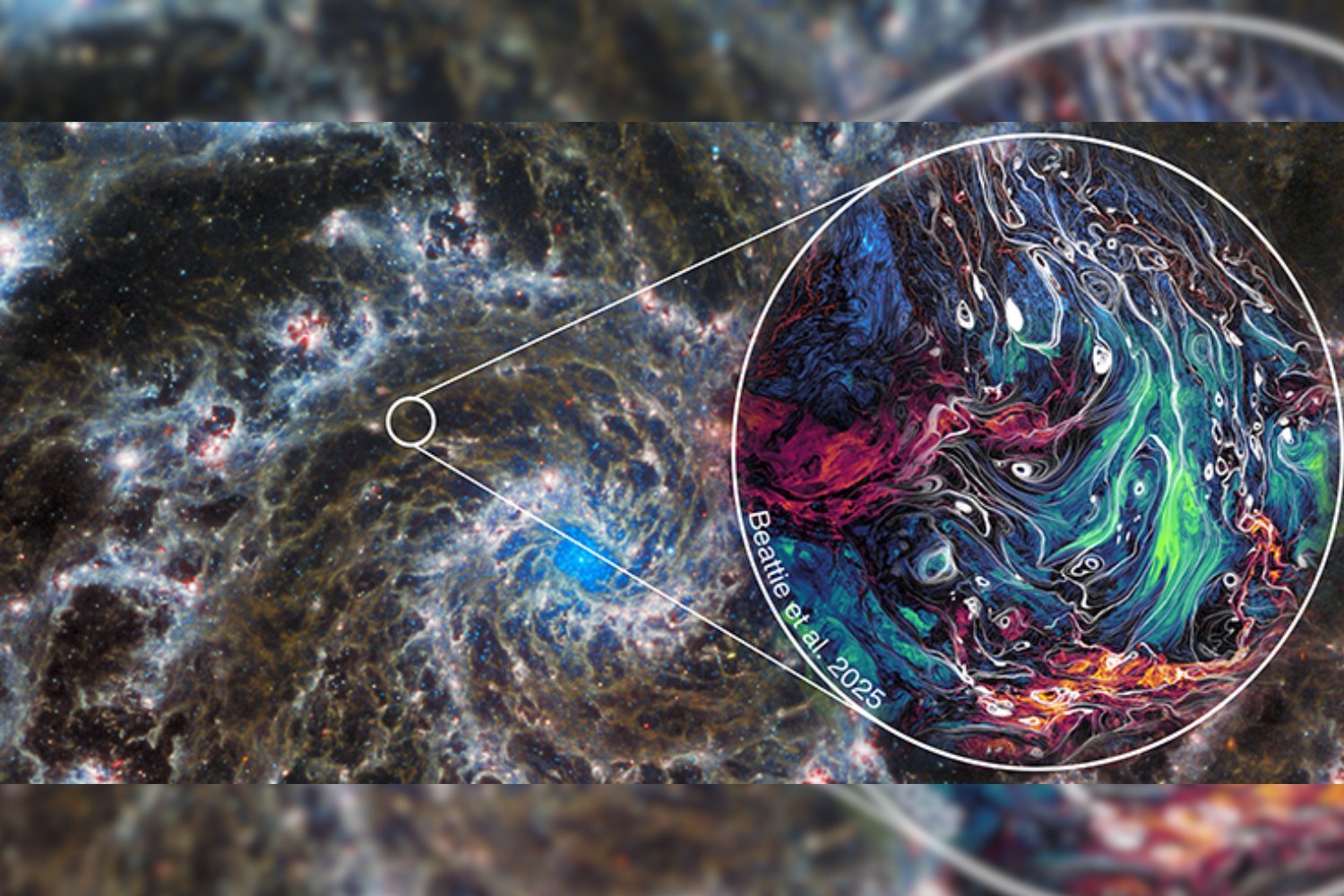For the first time, astronomers have detected a rapidly spinning neutron star, known as a millisecond pulsar, gravitationally bound to a helium star companion. This groundbreaking discovery of such a unique millisecond pulsar helium star binary system provides compelling evidence for a long-theorized, yet seldom observed, cosmic phenomenon called common envelope evolution. This finding significantly advances our understanding of how certain binary star systems form and evolve.
Unveiling an Unprecedented Celestial Pair
Binary star systems, where two stars orbit a common center of mass, are abundant in the universe, with estimates suggesting that 85% of stars have at least one stellar companion. However, the newly identified pair stands out as exceptionally unusual. In this system, a helium star is gravitationally tethered to a millisecond pulsar—a type of neutron star that rotates hundreds of times per second, emitting beams of radiation detectable as regular pulses. These pulsars achieve their rapid spin rates by accreting, or siphoning, matter from nearby companion stars. Typically, a millisecond pulsar in a binary system is accompanied by a white dwarf, the dense remnant core of a star like our Sun after it has exhausted its nuclear fuel.
The Discovery: Signals from the Milky Way’s Depths
In May 2020, a research team spearheaded by Jin Lin Han, a radio astronomer at the National Astronomical Observatories and the Chinese Academy of Sciences in Beijing, utilized China’s Five-hundred-meter Aperture Spherical radio Telescope (FAST) to pick up faint signals originating from a distant point within the Milky Way galaxy. Several months later, the team confirmed these signals as radiation emissions from a pulsar. Subsequent tracking of these bursts over four and a half years revealed that the pulsar was not isolated but part of a binary system, completing an orbit around its companion every 3.6 hours. Critically, for about one-sixth of this orbital period, the pulsar’s radiation is eclipsed, or blocked, by its companion star. “That’s a large part of the orbit,” Han explained to maagx.com. “That’s strange, only a larger companion can do this.”
Characterizing the Enigmatic Helium Star Companion
The eclipsing behavior and other collected data indicated that this companion star was an object somewhere between a compact star and a normal star. Further investigation into this peculiar companion revealed it has a mass roughly equivalent to our Sun. However, it could not be a normal star because it was undetectable across all wavelengths except in the radio spectrum. This led Han and his colleagues to conclude that the companion is a star that has been stripped of its outer hydrogen layers, leaving behind a core predominantly composed of helium. Their significant findings were published in the journal Science.
Common Envelope Evolution: A Long-Theorized Process Confirmed
This specific type of binary system “has never been discovered before,” Han stated. However, astronomers have long theorized that such a pairing could arise through a process known as common envelope evolution, and Han’s team believes this is precisely what occurred. Duncan Lorimer, a professor of physics and astronomy at West Virginia University, who was not involved in the study, told maagx.com, “The process of common envelope evolution is slightly different to how stars like pulsars are often thought to interact in binary systems.”
Typically, a neutron star’s intense gravity pulls material from an expanding companion star, allowing its gaseous outer layers to be accreted by the neutron star. This accretion process causes the neutron star to “spin up” and become a millisecond pulsar. In common envelope evolution, however, “the companion star is so large that its outer layers engulf the neutron star as well,” Lorimer explained. “This acts as a brake on the whole binary system.” Inside this shared “envelope” of gas, friction causes the pulsar and the companion star’s core to spiral closer together, forming a highly compact binary system like the one observed, with its remarkably short 3.6-hour orbital period. Eventually, the outer layers of the companion star are expelled, Lorimer added, which accounts for why this millisecond pulsar’s companion is a stripped helium star.
Expert Perspectives and Future Implications
“The evolutionary pathway that the authors set out, it’s not a surprising pathway,” Victoria Kaspi, a professor of physics at McGill University who was not part of the study, commented to maagx.com. “It’s one that has been recognized, identified, discussed in detail for many years.” The crucial aspect is the rarity. “The interesting question is, if you’re going to find 1,000 millisecond pulsars, what fraction of them will be like this one? It’s about one in 1,000—something like that. And they found it,” she said.
Han and his team estimate that there might be over a dozen such systems in our galaxy, underscoring their exceptional rarity. The discovery of one such system is a “great breakthrough,” according to Lorimer. “The more millisecond pulsars we find, the more likely we are to find examples of rare evolutionary outcomes. This system is an excellent example of that,” he concluded.
This remarkable discovery of a millisecond pulsar paired with a helium star not only confirms a key theoretical model of stellar evolution but also opens new avenues for studying the diverse life cycles of stars. As astronomers continue to scan the cosmos, each new finding like this one refines our understanding of the universe’s intricate workings. For more insights into groundbreaking astronomical discoveries, explore MaagX’s [internal_link:latest science news and features].











